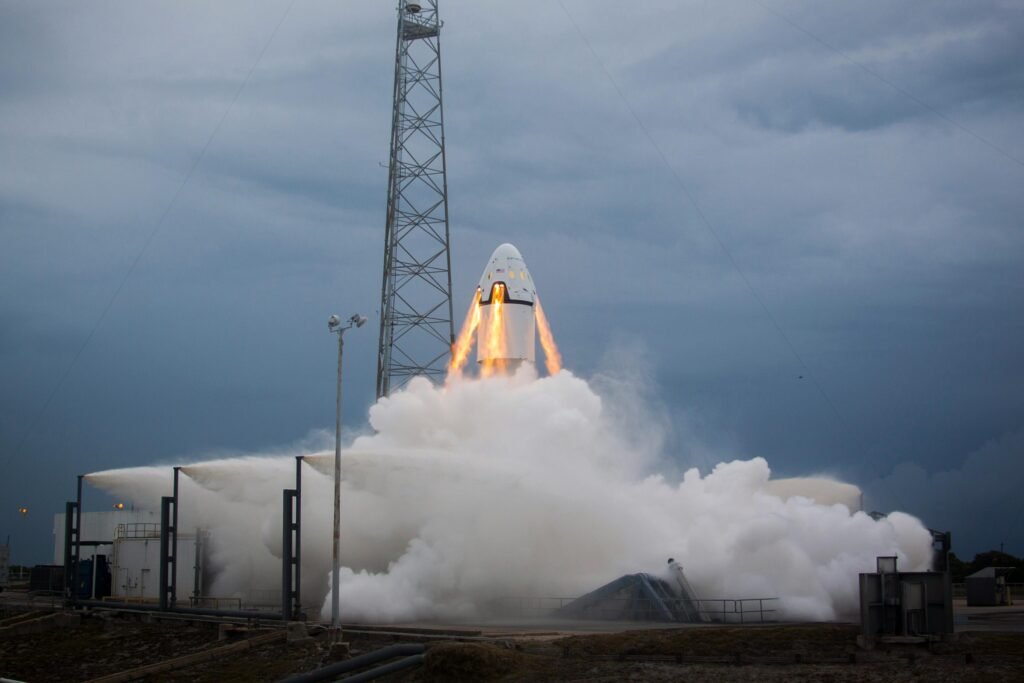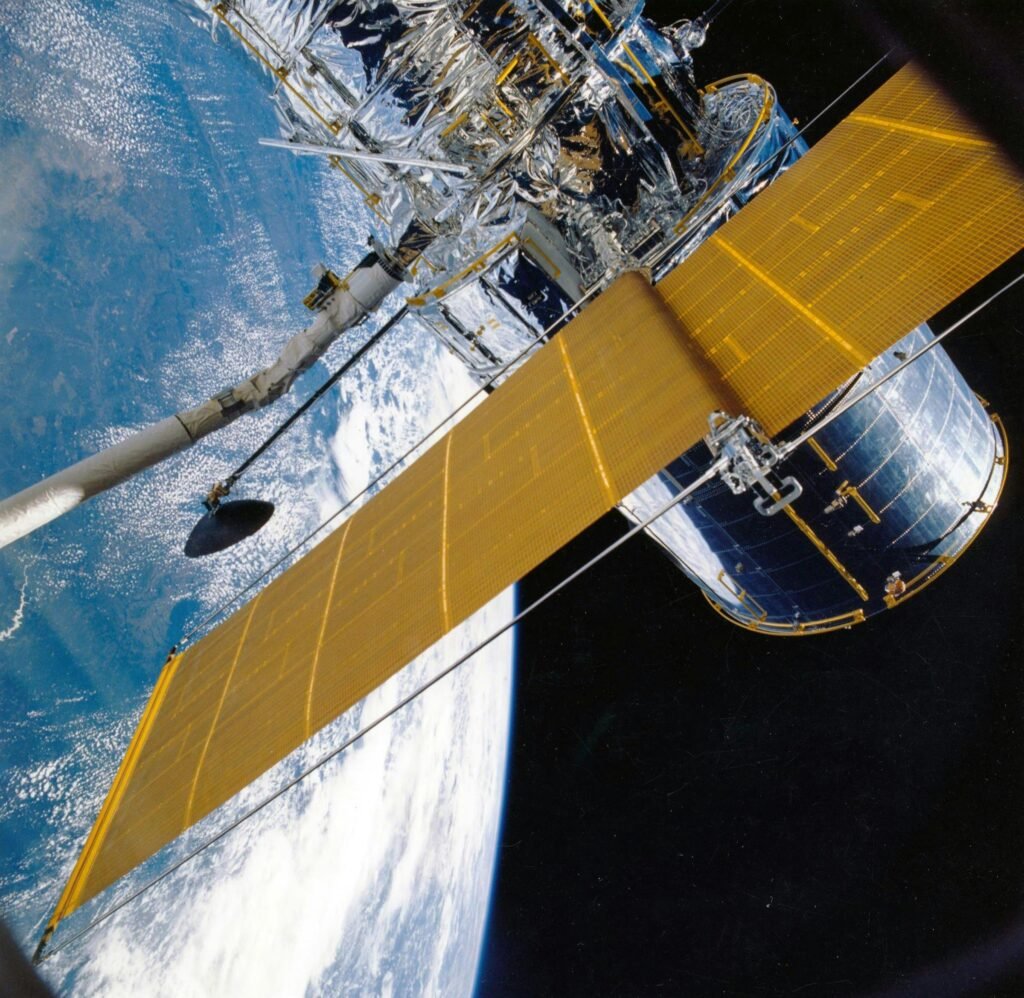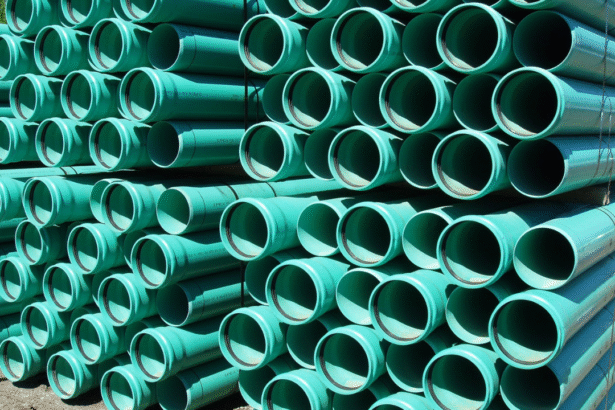Space elevators once sounded like science fiction, but now they’re becoming a serious topic in space technology. With rocket launches being costly and harmful to the environment, scientists are exploring smarter ways to reach space. One exciting idea is a space elevator—a huge structure that could carry people and cargo into orbit without rockets. Research from the US and UK suggests this futuristic concept might become reality shortly.
What Is a Space Elevator?
A space elevator is a system that can carry things from Earth into space using a very long cable. This cable goes all the way from the Earth’s surface up to a point in space, about 35,786 kilometers above the equator. Small vehicles called climbers would move up and down this cable, using electricity or laser energy.
The cable needs to be very strong and light. New materials like carbon nanotubes or graphene may be strong enough to do the job. These materials are much stronger than steel and light at the same time.
How Space Elevators Work

To understand how this works, imagine a long cable going straight up into the sky. The Earth’s spinning helps keep this cable tight. A station on the ground, near the equator, would hold the bottom part. At the top, a heavy object (called a counterweight) would help balance the cable.
The main parts of a space elevator are:
- Tether (Cable): A strong and light cable.
- Ground Station: Built on the equator to keep it steady.
- Counterweight: A heavy object in space to keep the cable tight.
- Climbers: Robotic machines that carry things up and down the cable.
Why Space Elevators Are Important
Space elevators can help us in many ways. If they work, they could completely change how we travel and work in space:
- Cheaper Cost: It could be up to 100 times cheaper than rockets.
- Eco-Friendly: No rocket means less air pollution.
- Regular Trips: They can run more often and are not delayed by weather like rockets.
- Safe Travel: A smooth ride makes it safer for future space tourists.
Because of these major advantages, many experts believe that now is the right time to support this technology and help it grow.
Who Is Working on It?

Many countries and companies are working on making space elevators a reality. In the US and UK, different space groups and new companies are working on important parts of the project:
- NASA has supported research on building strong cables and robot climbers.
- Japan’s Obayashi Corporation wants to build a working space elevator by 2050.
- Companies in the US and Europe are designing smart climbers, laser energy systems, and new cable materials.
To stay updated, you can follow groups like NASA, the European Space Agency, or the International Space Elevator Consortium (ISEC).
Problems We Still Face
Even though the idea is exciting, there are still some big problems to solve:
- Material Strength: We still haven’t made a strong enough cable for this project.
- Space Junk: Tiny space rocks or any trash in orbit could hit and damage the cable.
- Weather Disasters: Lightning, storms, and earthquakes could harm the ground station.
- Ownership: Who will own and control the space elevator? Only one country or the whole world?
These problems require global teamwork and better technology to fix.
What is Coming Next

A full space elevator may still be 30 to 50 years away. However, small test models are expected to arrive soon. They might be used to moving satellites or cargo at first.
Some exciting ideas are being tested:
- Self-healing cables that fix themselves when damaged.
- AI-powered climbers are smart and safe.
- Laser-powered systems to give energy to the climbers without heavy batteries.
More people are getting interested, too. Documentaries, books, and online discussions are helping spread the word.
Why You Should Care
Whether you’re a student, teacher, or investor, this is a great time to learn about space elevators. You can:
- Study the science behind them.
- Support new materials and ideas.
- Talk about clean space travel.
- Look for jobs or research in this area.
Even if you’re not in the space industry, knowing about this can help you understand the future of space travel.
Conclusion
Space elevators started as science fiction, but they are now part of real scientific research. Because rocket launches cost a lot and pollute the air, we need better ways to reach space.
Thanks to new ideas and research in the US and UK, along with different materials and advanced machines, we may see space elevators in our lifetime. Whether you’re just curious or want to be part of the change, this is the perfect time to follow this amazing journey and imagine how we might one day ride a cable from Earth to the stars.








